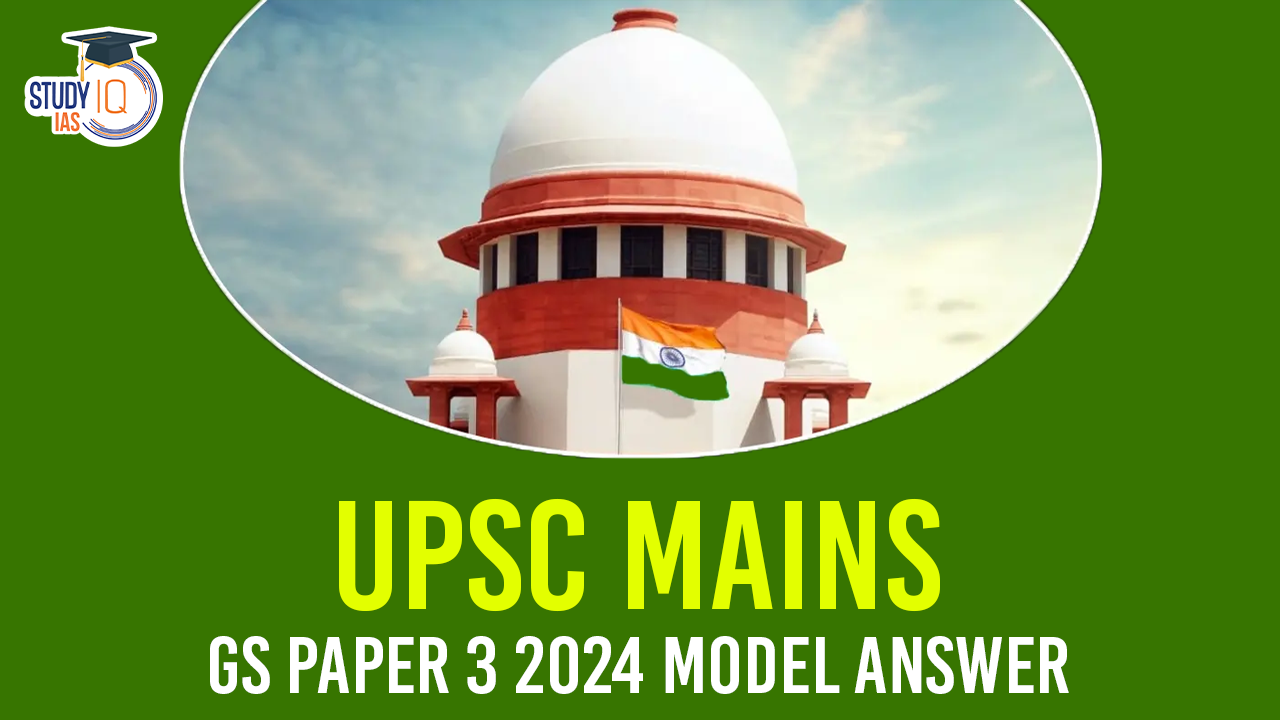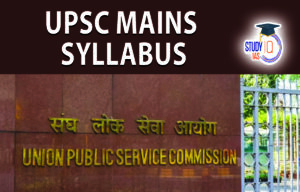Table of Contents
Introduction
- You can begin with the definition of Disaster resilience-the ability of individuals, communities, organisations and states to adapt to and recover from hazards, shocks or stresses without compromising long-term prospects for development.
- You can use keywords like-Disaster resilience is the “leap forward” and “continue” after a disaster
Body
Determination of Disaster Resilience
- Social Capital: Strong community networks, trust, and the ability to mobilize collective action enhance resilience.
- Economic Stability: Communities or nations with diversified and robust economies can allocate resources quickly to manage disasters and recover afterward.
- Infrastructure and Technology: The quality of infrastructure, including roads, buildings, and utility systems.
- Technological interventions→e g., early warning systems
- Governance and Policies: Effective governance, clear disaster management policies, and preparedness plans
Core Elements of Disaster Resilience Framework
- Context: Building resilience depends on who or what is being protected, such as social groups, political systems, or environmental contexts.
- Disturbance: It focuses on managing both shocks (sudden events like disasters) and stresses (long-term issues like climate change or resource depletion).
- Capacity to Respond: This depends on exposure (size of the threat), sensitivity (how much a system is impacted), and adaptive capacity (ability to adjust and recover).
- Reaction: Systems can either bounce back better with improved resilience, return to pre-existing conditions, recover with reduced capacity, or collapse entirely in the worst-case scenario.
Global targets of Sendai Framework for Disaster Risk Reduction (2015-2030)
-
- The SFDRR is a non-binding agreement, which the signatory nations, including India, attempt to comply with on a voluntary basis.
- Outlines seven global targets to be achieved between 2015 and 2030.
- Substantially reduce global disaster mortality by 2030, aiming to lower average per 100,000 global mortalities between 2020-2030 compared to 2005-2015
- Substantially reduce the number of affected people globally by 2030, aiming to lower the average global figure per 100,000 between 2020-2030 compared to 2005-2015
- Reduce direct disaster economic loss in relation to global gross domestic product (GDP) by 2030
- Substantially reduce disaster damage to critical infrastructure and disruption of basic services, among them health and educational facilities, including through developing their resilience by 2030
- Substantially increase the number of countries with national and local disaster risk reduction strategies by 2020
- Substantially enhance international cooperation to developing countries through adequate and sustainable support to complement their national actions for implementation of this framework by 2030
- Substantially increase the availability of and access to multi-hazard early warning systems and disaster risk information and assessments to people by 2030.
Conclusion
- Highlight the significance of disaster resilience in safeguarding communities, economies, and ecosystems from the increasing frequency and severity of natural and human-induced disasters.
- Mention that initiatives like Coalition for Disaster Resilient Infrastructure (CDRI) is a step in right direction


 NCERT Books for UPSC Preparation, Check ...
NCERT Books for UPSC Preparation, Check ...
 UPSC Syllabus 2025, Check UPSC CSE Sylla...
UPSC Syllabus 2025, Check UPSC CSE Sylla...
 UPSC Mains Syllabus 2025, Optional Sylla...
UPSC Mains Syllabus 2025, Optional Sylla...





















